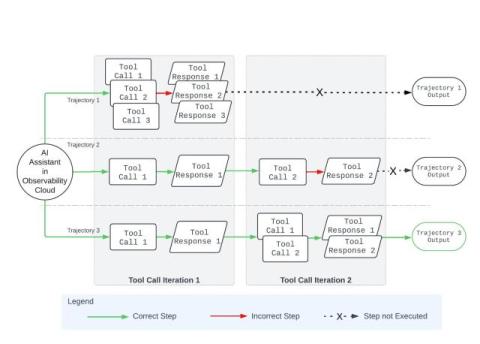The Hater's Guide to Dealing with Generative AI
Generative AI is having a bit of a moment—well, maybe more than just a bit. It’s an exciting time to be alive for a lot of people. But what if you see stories detailing a six month old AI firm with no revenue seeking a $2 billion valuation and feel something other than excitement in the pit of your stomach? Phillip Carter has an answer for you in his recent talk at Monitorama 2024. As he puts it, “you can keep being a hater, but you can also be super useful, too!”











